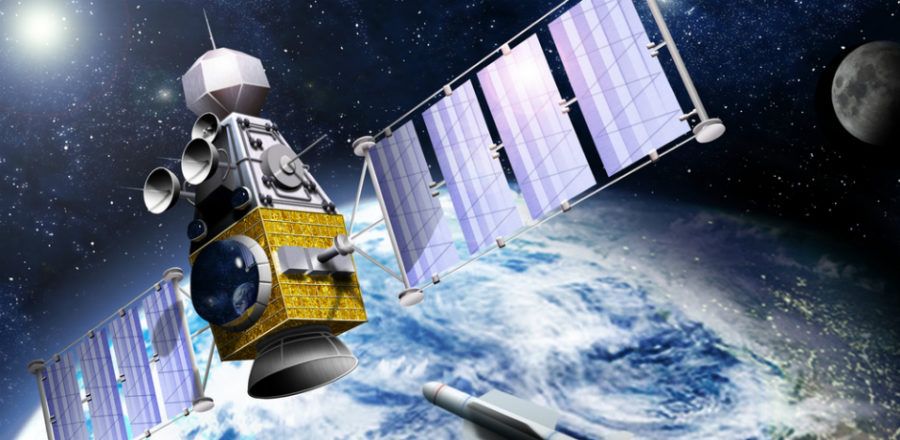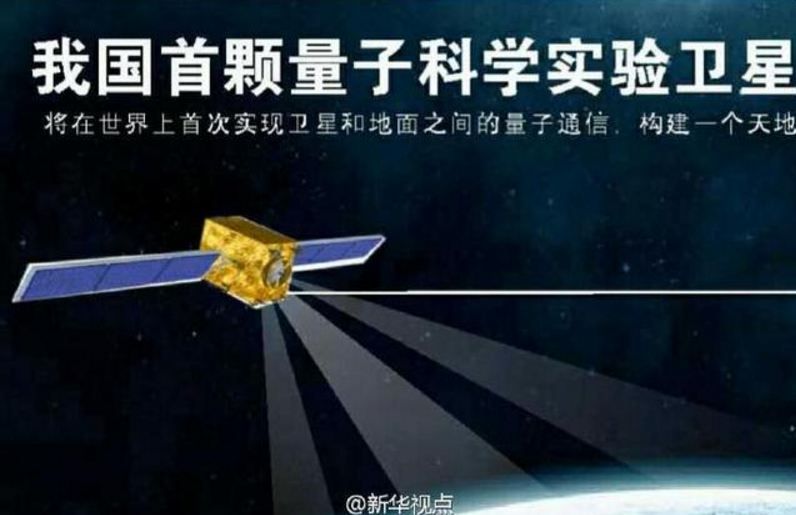A top U.S. general has issued a sobering warning that both China and Russia, given their years of emphasis on upgrading and renovating their space war arsenals, could, in the future, place the United States in a position of weakness if matters were to degenerate into a state of war between the countries. Air Force Gen. John E. Hyten believes that China and Russia have been attempting to outpace the U.S. in military matters with regard to space and that the Pentagon is now moving to counter the foreseen “challenge” of possibly being outmaneuvered and outgunned in space. If a World War 3 scenario were to actualize, he thinks the U.S. should be prepared to meet said challenge.
The Washington Times reported last week that Air Force Gen. John E. Hyten, who has been chosen as the next commander of Strategic Command, told Congress’ Senate Armed Services Committee that the U.S. is moving to counter the threat of a space war disadvantage with China and Russia. He said China and Russia are currently in the process of developing anti-satellite missiles, laser guns, and maneuvering killer space robots that could, once deployed, knock out or incapacitate strategic U.S. communications, navigation and intelligence satellites. As military experts know, these craft are crucial to the maintenance and actionability of America’s high-technology warfare systems.
“The Department of Defense has aggressively moved out to develop responses to the threats that we see coming from China and Russia. I believe it’s essential that we go faster in our responses.”






